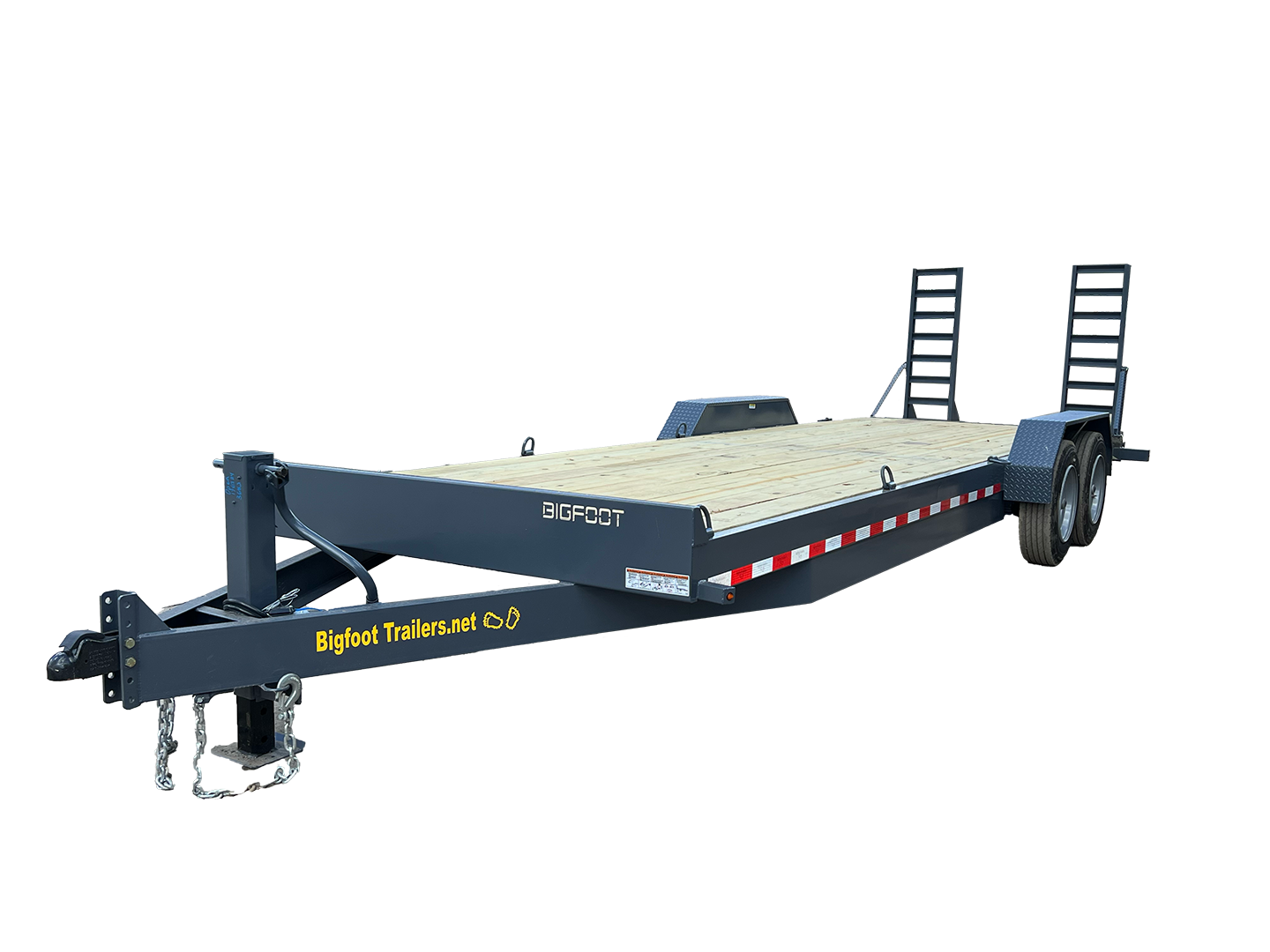ovrszd
Epic Contributor
- Joined
- May 27, 2006
- Messages
- 33,727
- Location
- Missouri
- Tractor
- Kubota M9540, Ford 3910FWD, Ford 555A, JD2210
LD1 shared some very good information above. But we need to clarify this part:
And while you MAY have a truck that can handle the 3350# tongue weight.....the problem is the load will probably need shifted forward enough that you will actually overload the FRONT axle of the trailer. Like maybe 8k on the front axle and 6k on the rear and 3350 on the hitch.
For this to be true you would have to rotate the oscillator to the max angle. Which will be almost impossible. Until the oscillator rotates to it's max angle the weight percentage on each axle does not change. If the original design was to share the load between the two axles 50% to 50%, that remains regardless where the weight is on the trailer. The axles actually are not affected by the location of the load on the trailer floor. They are only affected by the load placed on the oscillators.
And while you MAY have a truck that can handle the 3350# tongue weight.....the problem is the load will probably need shifted forward enough that you will actually overload the FRONT axle of the trailer. Like maybe 8k on the front axle and 6k on the rear and 3350 on the hitch.
For this to be true you would have to rotate the oscillator to the max angle. Which will be almost impossible. Until the oscillator rotates to it's max angle the weight percentage on each axle does not change. If the original design was to share the load between the two axles 50% to 50%, that remains regardless where the weight is on the trailer. The axles actually are not affected by the location of the load on the trailer floor. They are only affected by the load placed on the oscillators.

